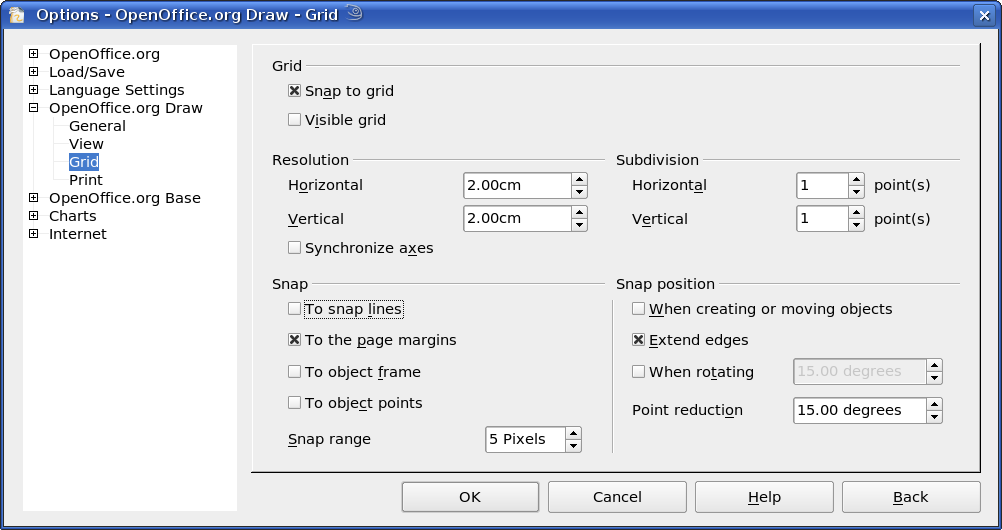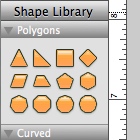

The Cursor to Selected option will snap the 3D cursor to With the Bounding Box Center pivot point active,.The Cursor to Selected option is also affected by the current Pivot Point. Cursor to Active Places the cursor to the origin of the active (last selected) object. I think you just need to take an extra second or so to make sure that the box is snapping to the desired grid line. You still have cases where the object ends up not on the grid. Cursor to Grid Places the cursor to the nearest grid point. This combined with zooming in, seems to do the trick. Cursor to Center Places the cursor to the origin of the world (location 0, 0, 0). Cursor to Selected Places the cursor to the center of the current selection, unless see below. Selection to Active Moves the selection to the origin of the active object. Instead, they are centered around the 3D cursor, maintaining their relative distances. If there are multiple objects selected, they are not moved individually at the cursor position Selection to Cursor (Offset) Places the selection at the position of the 3D cursor. Selection to Cursor Moves each one of the currently selected object(s) to the cursor location. Selection to Grid Snaps the currently selected object(s) to the nearest grid point. the attached screen to solve your problem or you can go to Page Design tab > Layout group and uncheck Align to Guides and Objects. This menu provides a number of options to move the cursor or your selection to a defined point You can move your Publisher project to your primary screen vs. On the Advanced tab, adjust the Snap strength sliders.The Snap menu (also available from the 3D header in both Object Mode and Edit Mode Object ‣ Snap and Mesh ‣ Snap). On the View tab, in the Visual Aids group, click the dialog box launcher ( ). To adjust the snap strength of drawing elements When the snap strength for an element is low, a shape easily snaps into alignment with other nearby elements when the snap strength of an element is high, a shape will tend to snap into alignment with that element, even if there are other elements nearby that the shape could snap into alignment with. In addition to being able to select the drawing elements that shapes are snapped into alignment with, you can also specify how strongly shapes are snapped into alignment with these elements. The snap settings that you choose apply to all shapes in the drawing. Under Snap to, select the drawing elements that you want shapes to snap into alignment with, and then click OK. On the General tab, under Currently active, clear the Snap check box to deactivate snap, or select Snap to activate snap.
#SNAP GRID ON OFF IN ISTUDIO PUBLISHER ARCHIVE#
On the View tab, in the Visual Aids group, click the dialog box launcher. ISDOCX - Information System Document Archive ISPAC - SQL Server Project Deployment Model ISPX - IStudio Publisher Document ITP - BioWare Aurora Game Engine. The gray highlighting indicating the option is selected turns off. To turn off these options, click Snap to Grid or Snap to Shape.

To snap shapes to the ruler subdivisions more easily, turn off the snap-to grid. Click the shape or other object, and then on the Shape Format tab, in the Arrange group, click Align.

By default, shapes snap to both the ruler subdivisions and to the grid.


 0 kommentar(er)
0 kommentar(er)
